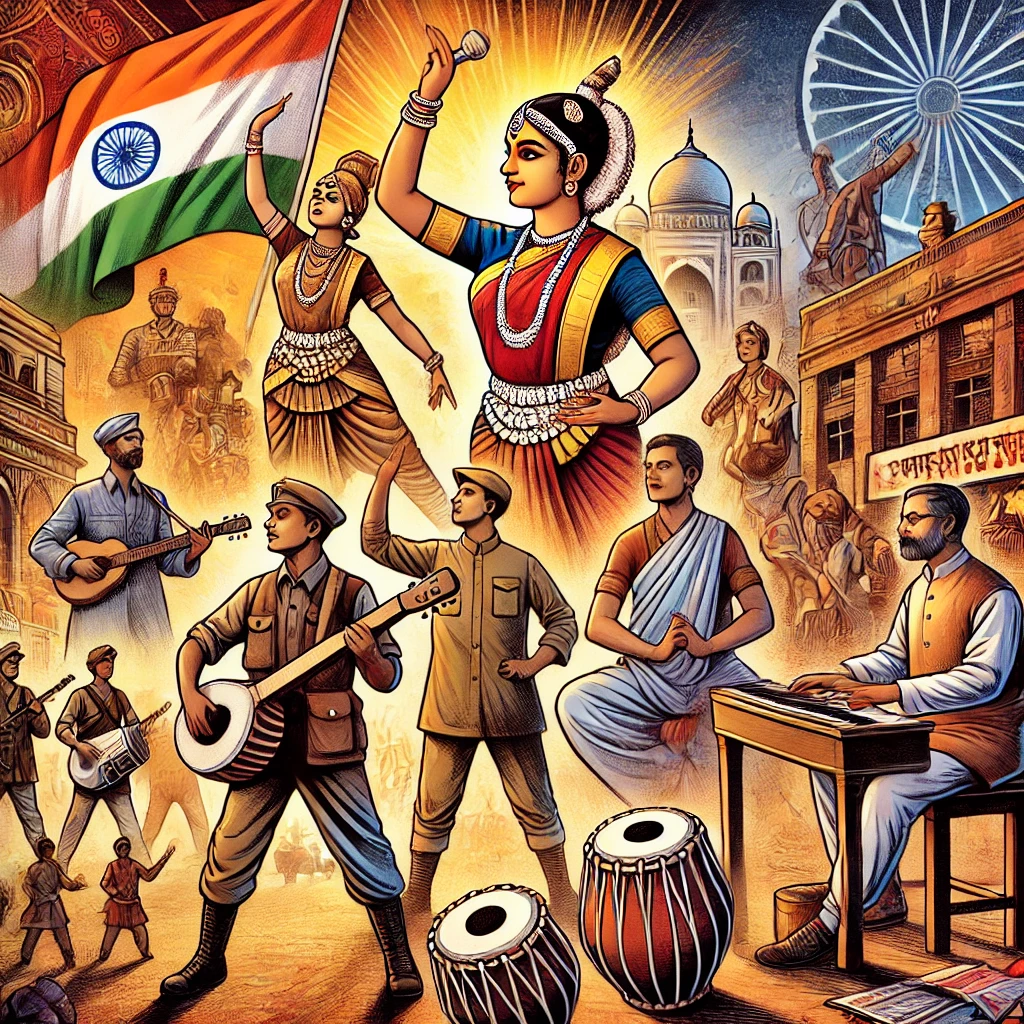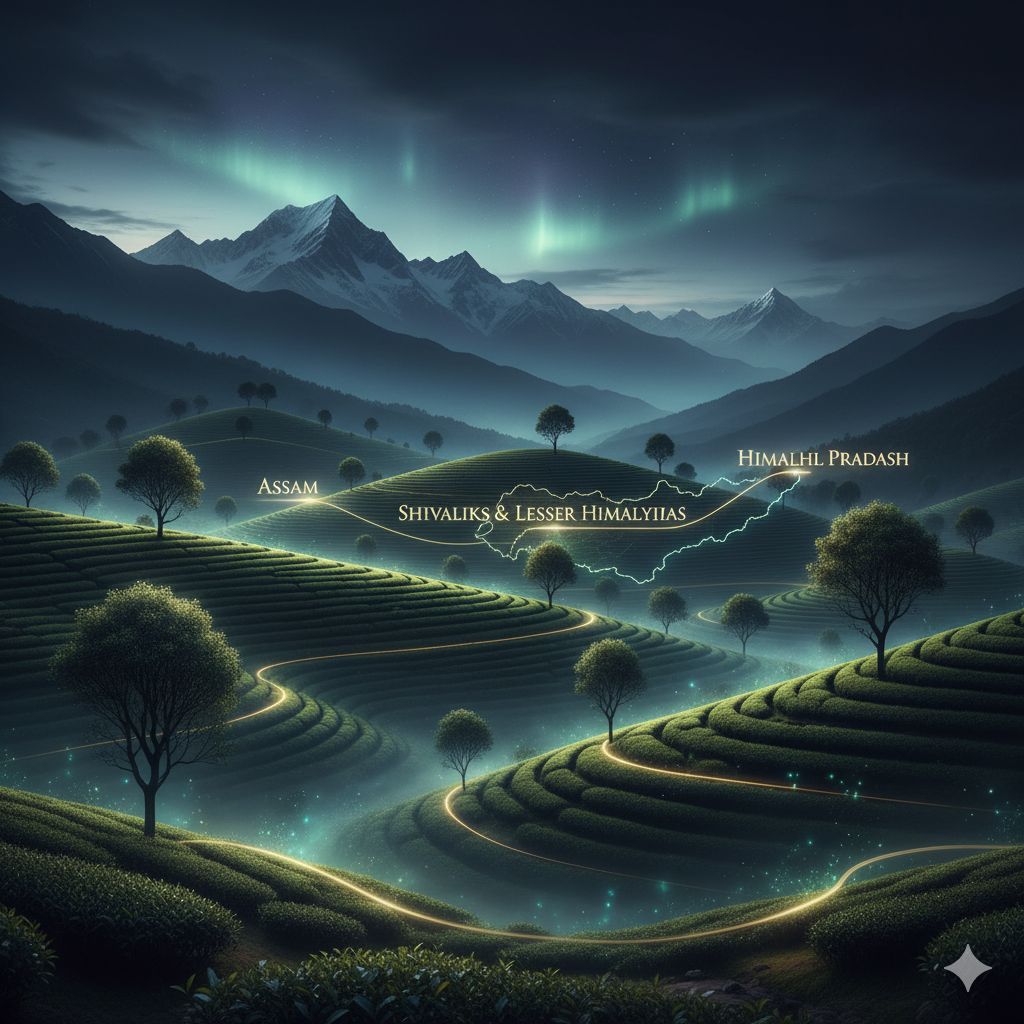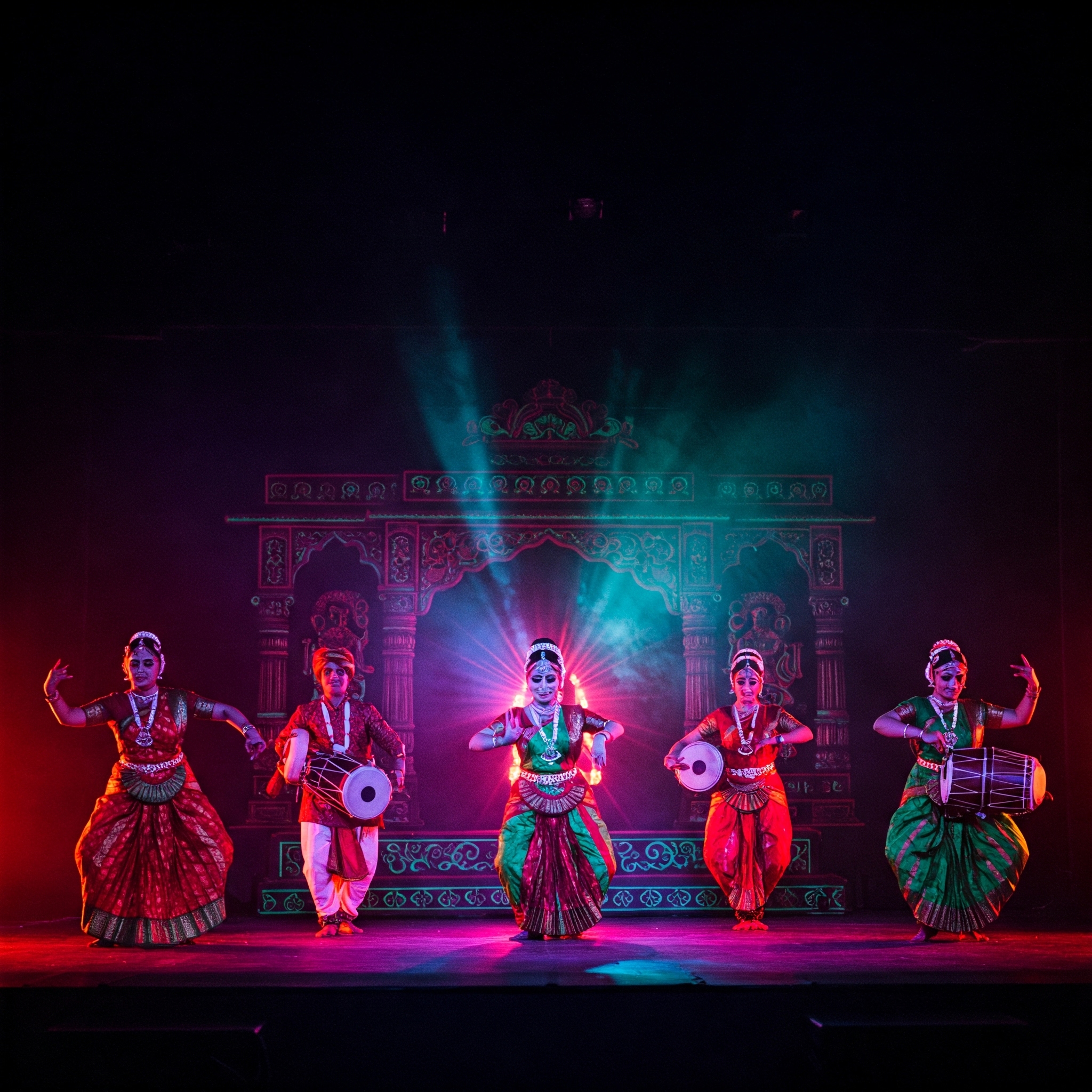The Indian freedom struggle was not merely a political movement but also a cultural resurgence. Performing arts, including dance, music, and drama, played a crucial role in mobilizing the masses, spreading nationalist sentiments, and reinforcing India’s cultural identity against colonial rule. These art forms served as powerful tools of resistance, inspiring people to fight for their independence. This article explores the impact of performing arts in India’s freedom struggle, highlighting their significance in fostering unity, instilling patriotism, and challenging British oppression.
1. Music as a Medium of Protest and Patriotism
Music was one of the most influential art forms that united Indians in their fight for freedom. Nationalist songs and devotional music stirred emotions, spread revolutionary ideas, and strengthened the resolve of the people.
a. Role of Nationalist Songs
- Patriotic songs became anthems of the freedom movement, encouraging resistance against British rule.
- Vande Mataram, composed by Bankim Chandra Chattopadhyay, became a rallying cry for revolutionaries and freedom fighters.
- Rabindranath Tagore’s Jana Gana Mana, later adopted as India’s national anthem, was composed to unify the diverse population.
- Sare Jahan Se Achha by Muhammad Iqbal instilled pride in India’s rich heritage and culture.
b. Bhakti and Folk Music as a Source of Inspiration
- Bhajans (devotional songs) like Raghupati Raghav Raja Ram were used by Mahatma Gandhi during prayer meetings to emphasize non-violence and unity.
- Folk songs in regional languages spread messages of freedom to rural India, ensuring mass participation in the struggle.
- Musical performances during gatherings and protests helped in maintaining morale and solidarity among freedom fighters.
2. Dance as a Symbol of Cultural Resistance
Indian classical and folk dance forms, which had been discouraged under British rule, became a means of reclaiming cultural identity and pride. Dance was used as a subtle form of resistance, celebrating India’s heritage and opposing colonial suppression.
a. Revival of Classical Dance Forms
- Bharatanatyam, Kathak, and Odissi were revived during the freedom movement to preserve India’s traditional art forms.
- Rukmini Devi Arundale played a crucial role in redefining Bharatanatyam as a respected classical dance form, moving it away from colonial stigmatization.
- Uday Shankar fused classical Indian dance with modern styles, using it as a medium to express nationalist themes.
b. Folk Dances as Expressions of Revolt
- Various folk dance forms, such as Bihu, Garba, and Bhavai, were performed to spread anti-British sentiments.
- Tamasha and Nautanki, popular folk performance styles in Maharashtra and North India, incorporated themes of patriotism and social change.
- Dance performances during gatherings, protests, and festivals helped sustain the spirit of the independence movement.
3. Drama and Theatre as Political Expression
Theatre played a significant role in articulating nationalist ideas, exposing British exploitation, and inspiring people to resist colonial rule. Many playwrights and theatre groups used drama as a medium to educate and mobilize the masses.
a. Political Theatre and Revolutionary Dramas
- Dramas were staged to depict the atrocities of British rule and the sacrifices of freedom fighters.
- Kavi Veer Savarkar’s play Uttarakranti and Bhartendu Harishchandra’s Andher Nagari criticized British policies and their impact on Indian society.
- IPTA (Indian People’s Theatre Association), founded in 1943, used theatre to promote nationalism and social justice.
b. Street Theatre and Mass Mobilization
- Street plays became a popular medium to reach the common people, particularly in rural areas.
- Plays like Nabanna (by Bijon Bhattacharya) portrayed the suffering of peasants under colonial rule, inciting support for the freedom struggle.
- Political satire and folk theatre forms, such as Jatra in Bengal and Yakshagana in Karnataka, were used to convey anti-colonial messages in an engaging and accessible way.
4. Performing Arts and Gandhi’s Influence
Mahatma Gandhi understood the power of art in influencing the masses and used music and drama as part of his non-violent resistance.
- Gandhi encouraged the use of folk music and street theatre to spread messages of Swaraj (self-rule) and social reform.
- Cultural programs during Congress meetings and the Salt March helped in strengthening the movement’s moral and emotional appeal.
- Performances of patriotic songs and skits in ashrams and protest gatherings reinforced the values of self-reliance and resilience.
5. Legacy of Performing Arts in Post-Independence India
The role of performing arts in the freedom struggle laid the foundation for their continued importance in independent India.
- Many patriotic songs and plays became part of India’s national heritage and are still performed on Independence Day and Republic Day.
- Post-independence, institutions such as the Sangeet Natak Akademi and National School of Drama were established to promote traditional and revolutionary art forms.
- The fusion of traditional and modern artistic expressions in Indian cinema, music, and dance remains a testament to the cultural awakening inspired by the freedom struggle.
Conclusion
Performing arts played a vital role in India’s freedom struggle by serving as a medium of resistance, inspiration, and unity. Music, dance, and theatre not only helped in mobilizing the masses but also reinforced India’s cultural identity against colonial oppression. These artistic expressions continue to shape India’s national consciousness, celebrating the spirit of resilience and patriotism that defined the independence movement.




